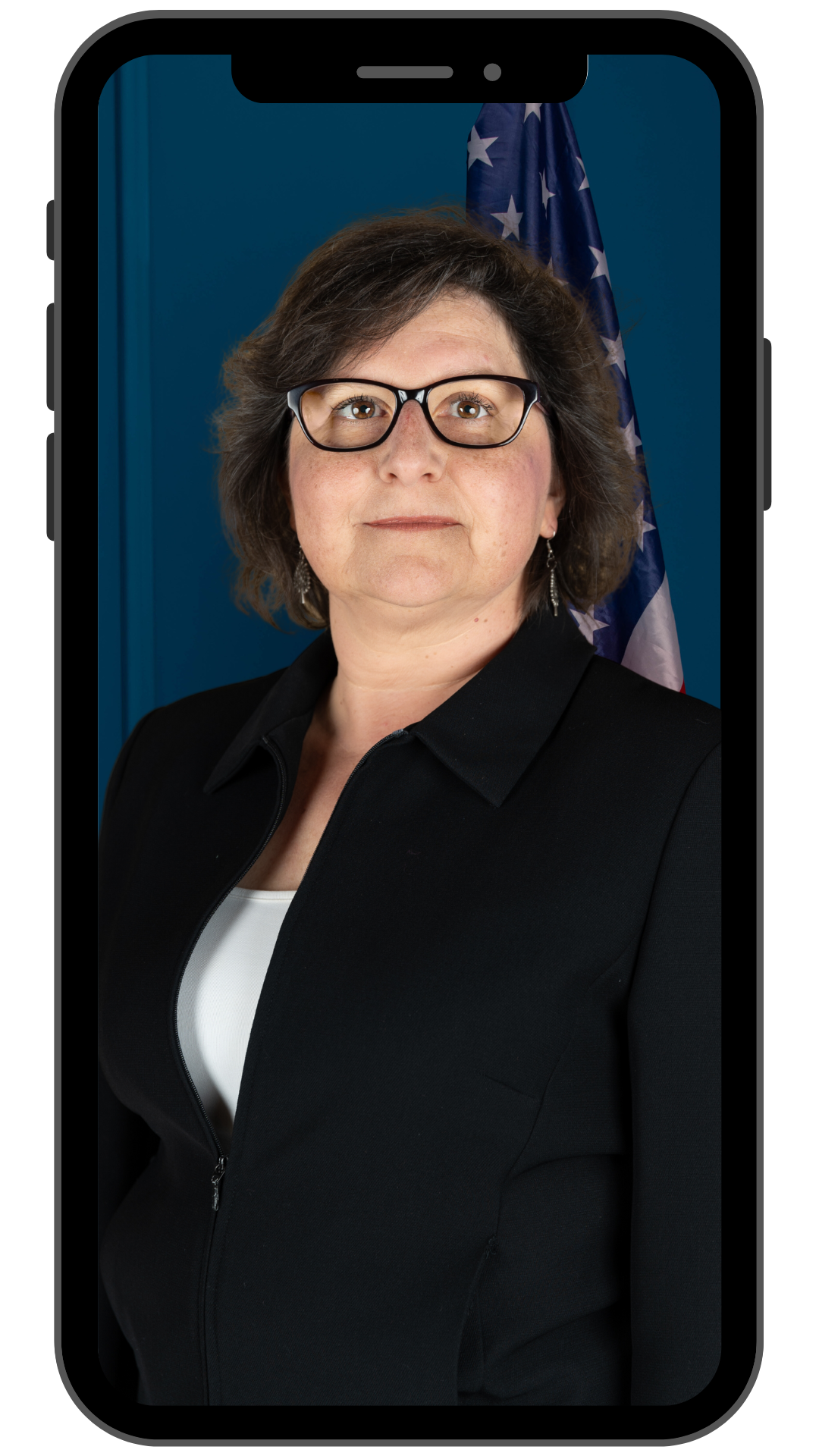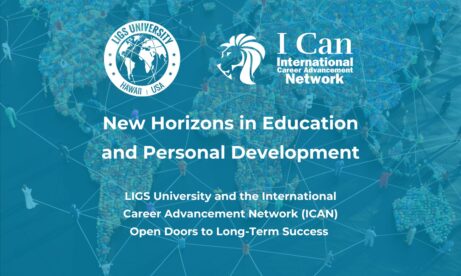
Free Public Interactive Webinar Invitation | Digital Inclusion
Join us for a webinar on Digital Inclusion by Pilar Forcen! Discover how to ensure equitable and meaningful access to digital technologies for all and the benefits it brings. Let’s bridge the digital divide and create a more inclusive world. Register now!
Important information:

- Topic: Digital Inclusion
- Date and time: May 18th, 2023, at 16:30 UTC
- Entry: FREE
About the webinar:
Digital Inclusion is the democratization of access to information and communication technologies (ICTs) to enable the incorporation of all people into the information society, which offers opportunities for information, employment, or leisure, regardless of age, geographic location, socioeconomic environment, and capabilities of each person.
The main objective of digital inclusion is to ensure that every person has „equitable, meaningful and safe access to use, lead and design digital technologies, services, and associated opportunities for everyone, everywhere“ (according to the UN definition of digital inclusion).
Together with access to technology and its use, people must have the opportunity to develop the necessary skills to use ICT thoroughly. Contrary to this, the digital divide shows social, cultural, and economic inequalities, principally among vulnerable groups such as older people, young people, persons with disabilities, migrants, refugees, rural populations, and indigenous people.
Digital Inclusion should aim to make inequalities disappear and assure well-being for everyone through better metrics, data collection, and coordination initiatives.
Digital Inclusion is critical for guaranteeing an equal world.
During the webinar, we will review the following topics:
- What is digital inclusion?
- Objectives of digital inclusion.
- The digital divide. Main boundaries of digital inclusion.
- The benefit of digitalization and digital inclusion.
- Global initiatives and proposals for digital inclusion.



